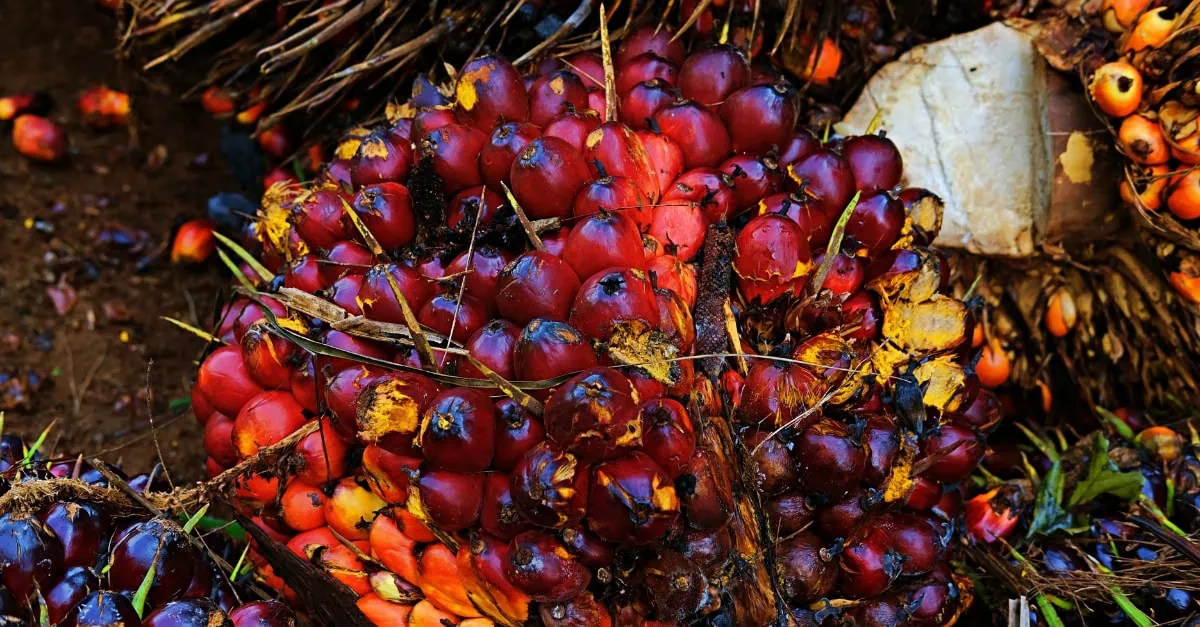The biodiesel market is experiencing notable shifts, with key factors shaping pricing and demand trends across regions.
Biodiesel Prices Decline Amid Softer Demand and Falling UCO Prices
Biodiesel prices have dropped significantly, driven by softer demand and a sharp decline in used cooking oil (UCO) prices. The UCO market in China and Europe has seen increased activity as Chinese suppliers rush to export before the introduction of new export tax regulations on December 1. Meanwhile, the vegetable oil market correction has further compounded downward pressure on biodiesel prices.
Biodiesel Premiums Narrow with Steady LSGO Prices
The narrowing of biodiesel premiums reflects a steadiness in Low Sulphur Gasoil (LSGO) prices, which climbed slightly to $690/mt from $688/mt last week. This narrowing premium indicates limited margin room for biodiesel blends, adding to market complexities.
Unexpected Price Trends: POME Premiums and Animal Fat Increases
Palm Oil Mill Effluent (POME) has unexpectedly gained a premium over UCO, sparking skepticism about buyers’ readiness to pay these elevated price levels. Simultaneously, animal fat prices have edged slightly higher, likely a delayed reaction to earlier UCO price surges. This development hints at nuanced shifts in feedstock preferences, especially as colder weather influences seasonal biodiesel blends.
Market Outlook and Implications for 2025
Looking ahead, biodiesel demand in the EU is expected to rise due to key regulatory changes. A 2% Sustainable Aviation Fuel (SAF) mandate will come into effect in both the EU and UK in 2025, alongside increased renewable fuel mandates in several countries, including Germany, France, and Spain. Additionally, Germany’s prohibition on biodiesel ticket carryovers into 2025 and EU anti-dumping measures on Chinese biodiesel could bolster physical biodiesel demand.
However, global dynamics might temper this bullish outlook. Potential revisions to the U.S. 45Z tax credit, excluding foreign biodiesel, could impact EU exports to the U.S., leaving more volumes in Europe. This highlights the interplay between policy shifts and market movements in shaping future biodiesel trends.
Start your free trial here to access our full analysis and more updates on biodiesel pricing and feedstock developments.





